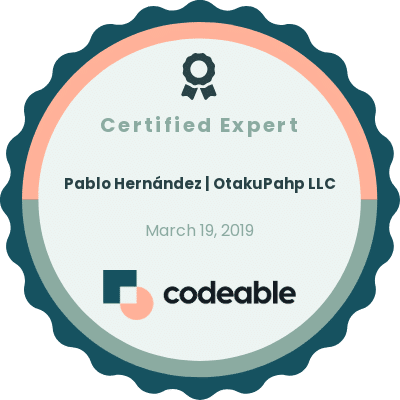
Going deeper into SEO – Beginner’s Guide
In the first part of our SEO blog, we explored the essential fundamentals of improving a website’s visibility in search engines. Now, we will delve deeper into two crucial aspects: content and technical factors of SEO. These elements are not only critical to online success, but they also contribute significantly to the user experience and the site’s ranking in search results.
Content and SEO:
Content is not only the fuel that powers the search engine, but also the backbone of any digital marketing strategy. Here are some ways to optimize content to improve SEO:
- Advanced Keyword Research:
Don’t limit yourself to the most obvious keywords. Use advanced tools to identify long-tail keyword opportunities and specific niches that can generate relevant, quality traffic. - Comprehensive Content Strategy:
Adopt a content strategy that addresses all stages of the user purchase cycle, from awareness to conversion. This includes informative, educational, comparison and persuasive content. - Multimedia Content Optimization:
Leverage all forms of multimedia content, such as videos, infographics, podcasts, and presentations, to diversify your content offering and improve the user experience. - User Experience Optimization:
Content should be easy to consume and navigate. Use clear headings, short paragraphs, lists, and semantic markup tags to improve readability and accessibility.

Technical factors and SEO:
The technical aspects of a website are essential for its visibility and performance in search engines. Here are some important technical considerations:
- Friendly Site Architecture:
Design a site structure that is easy to understand and navigate for both users and search engines. Use logical hierarchy of pages and internal links to distribute page authority evenly. - Speed and Performance Optimization:
Site loading speed is an important factor in user experience and SEO. Optimizes site performance by compressing files, reducing redirects, and using caching techniques. - Móvil-First Indexing:
Make sure your site is optimized for mobile devices, as Google now uses the mobile index as its main database for ranking search results. - Security and HTTPS:
Make sure your site is protected with an SSL certificate to ensure a secure connection between the server and the user’s browser. Safe sites tend to receive higher rankings in search results.

Evergreen Content Creation:
Evergreen content is content that remains relevant and useful to users over time. Unlike temporary or trending content, evergreen content continues to attract traffic and generate links long after its initial publication. This can include how-to guides, step-by-step tutorials, and educational content that answers common user questions.
Competitive Evaluation:
It’s important to conduct a competitor analysis to understand how other websites in your niche are performing. This can provide you with valuable information about the SEO strategies that are working, the keywords they are using, and the improvement opportunities you can take advantage of.
To summarize
Effective SEO requires a holistic approach that encompasses both the content and technical aspects of the website. By optimizing content to meet user needs and improve user experience, and implementing technical best practices to ensure site accessibility and performance, you can significantly improve your site’s visibility and ranking in search engines. search. Remember that it is an ongoing process and requires a constant commitment to improvement and adaptation as search engine trends and algorithms evolve. By continuing to learn and adjust your SEO strategy, you can maximize the potential of your website and achieve your online marketing goals.
More posts


Implement electronic invoicing in WooCommerce

SEO Beginner’s Guide




Tricks to boost your WordPress site

Implement electronic invoicing in WooCommerce

SEO Beginner’s Guide




